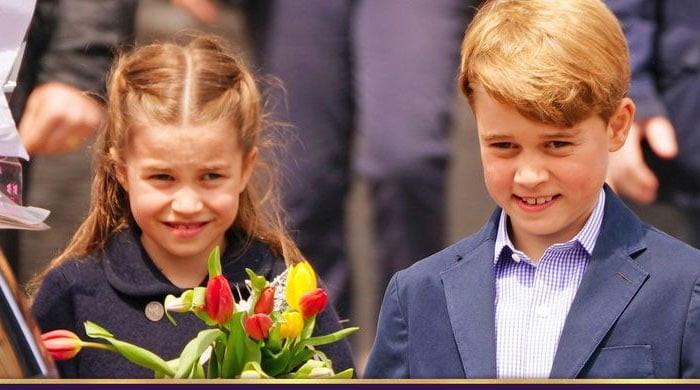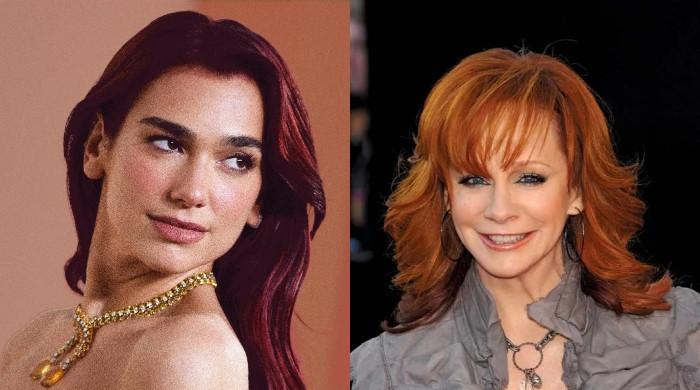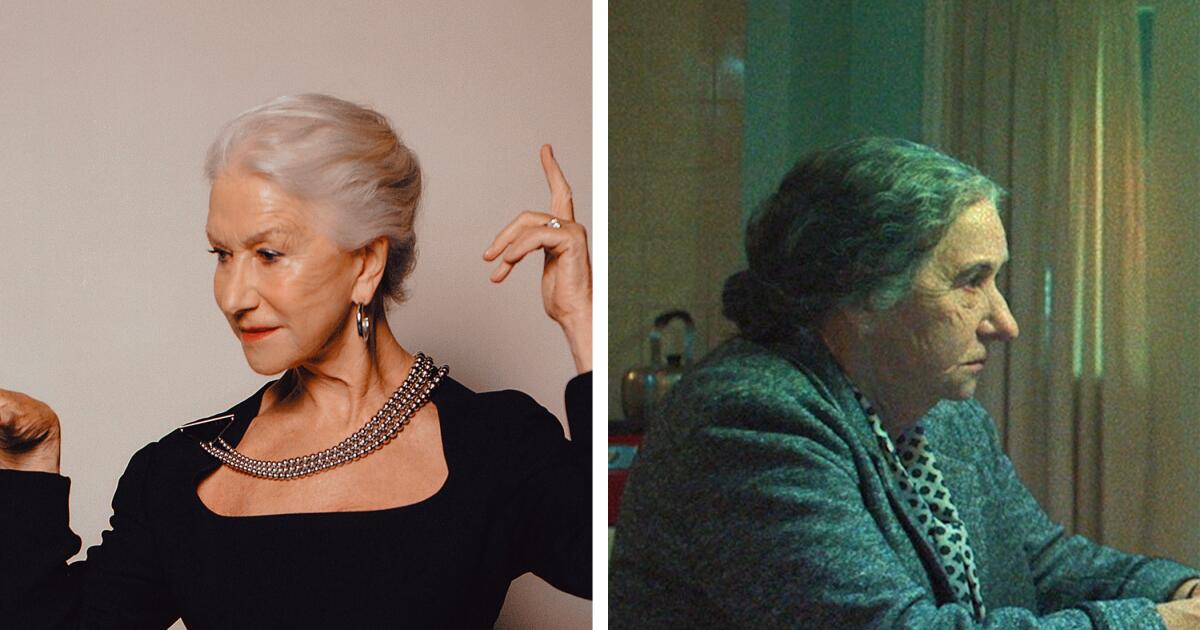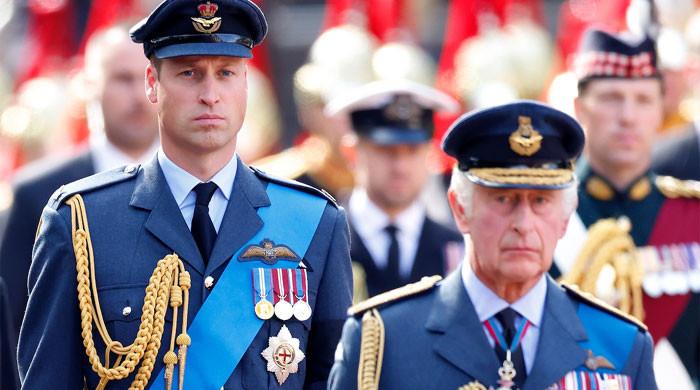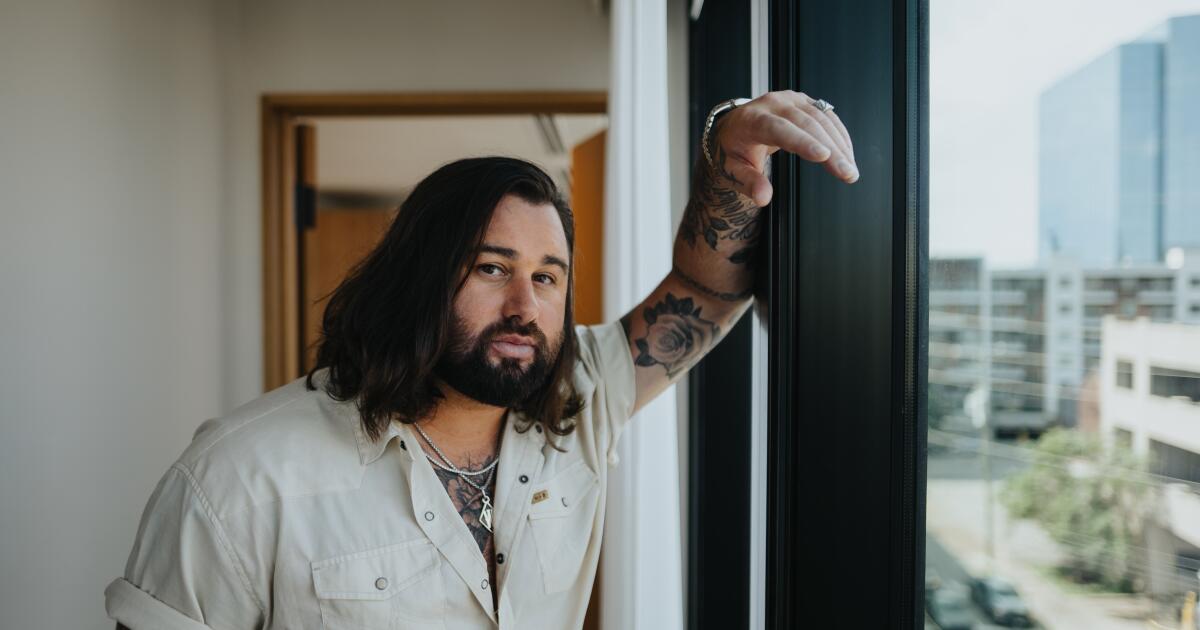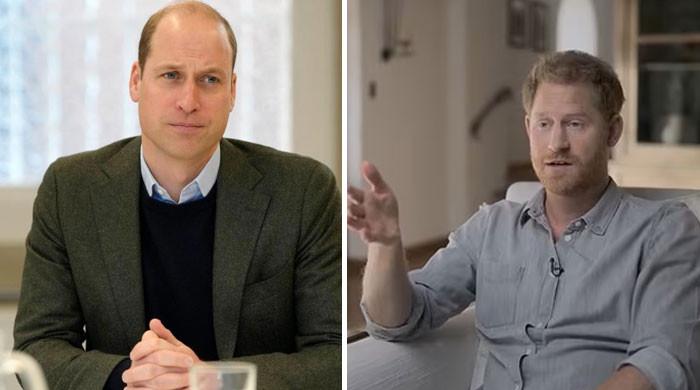“Monarch: Legacy of Monsters” is a family affair.
In the present day of the show, Cate Randa, played by Anna Sawai, is trying to uncover the truth about her father’s disappearance along with her newly discovered half-brother Kentaro (Ren Watabe) and May (Kiersey Clemons), an expatriate hacker on the run. her. past.
Throughout the series, they learned that the Randa family has long been in the business of studying Godzilla.
“Monarch” Episode 9, which arrives on Apple TV+ on Friday, will pick up after a cliffhanger in which Cate, May and Lee Shaw (Kurt Russell) fell into a giant hole in the ground and, presumably, a deep portal. underground to another world. .
As part of Legendary’s interconnected Monsterverse, the 10-episode Apple TV+ series follows two different trios of characters more than 50 years apart: Cate, Kentaro and May in 2015 and Keiko Miura (Mari Yamamoto), Bill Randa (Anders Holm ) and Lee Shaw. (Wyatt Russell) in the 1950s. For a trio, Godzilla is the enigmatic and elusive subject of investigation. On the other, the giant kaiju (or Titan, in Monsterverse parlance) is a more dangerous obstacle.
Set after the events of 2014’s “Godzilla,” “Monarch” is “about this brother and his sister trying to find out who their father is, and giant monsters keep getting in the way,” said executive producer Matt Fraction, who developed the series. with showrunner Chris Black. “It’s not about knocking down buildings and blowing things up.”
But like Godzilla fans themselves, Black and Fraction are well aware that part of the appeal of the Monsterverse movies is the spectacle of things being knocked over and blown up. Their goal was to deliver those elements “at the level that people expect from those movies” wherever they could do so, Black said.
Kentaro Randa (Ren Watabe), left, Emiko (Qyoko Kudo) and Cate (Anna Sawai) in “Monarch: Legacy of Monsters.”
(Apple TV+)
Still, at its core, “Monarch” is a confusing intergenerational family drama about a Japanese and Japanese American family (with some also confusing love stories).
Sawai, looking for some respite after finishing a heavier project (FX’s upcoming “Shōgun”), admits he was initially wary of Cate, who survived a close encounter with Godzilla only to discover her absent father. She was living a double life, she could seem like just a victim of everything that had happened to her.
“But when I realized that she felt bad about herself, that she wasn’t able to forgive herself, that was the interesting thing,” Sawai said. “In order to come to terms with everything that has happened to her, she needs to forgive herself…and tell herself that it wasn’t her fault. When I realized that, she didn’t feel like the one-dimensional character that she could be.”
The journey begins when, after heading to Tokyo to settle his father’s affairs, he discovers that he had a secret second family.
Kentaro, his younger half-brother, is a promising artist who is still dealing with the apparent death of his father. Watabe, a newcomer who auditioned for the role while working as a cook in Japan, describes him as “a normal guy.”
“When I got the script, I felt like I knew who this guy is and how he would probably act,” he said. “I’m glad I had a character I can identify with. [because] It took me a while to understand what he was doing. But I just tried to focus on work.”
Black says it “seemed obvious” to start his story in Japan.
“You can go anywhere in the world and they know what Godzilla is, but their cultural homeland and birthplace is Japan,” Black said. “It seemed to Matt and I that that was where he had to start the story. Once we made that decision, when creating a group of Japanese characters and a Japanese family, it was incredibly important to us that it be authentic, that we not try to imitate or appropriate someone else’s culture. “We didn’t want to pretend Japan.”
This involved casting Japanese actors who were native or fluent in the language and could speak up when their characters’ dialogue wasn’t quite working.
“We would write a scene the way we knew how to write it, in colloquial American English, and then it would be translated into Japanese,” Black said. “The actors would come up to us and say, ‘The phrase you’re using here, a Japanese wouldn’t say it this way.’”
Added fraction: “Even if we spoke Japanese as a second language, those language things are the most difficult to achieve.”
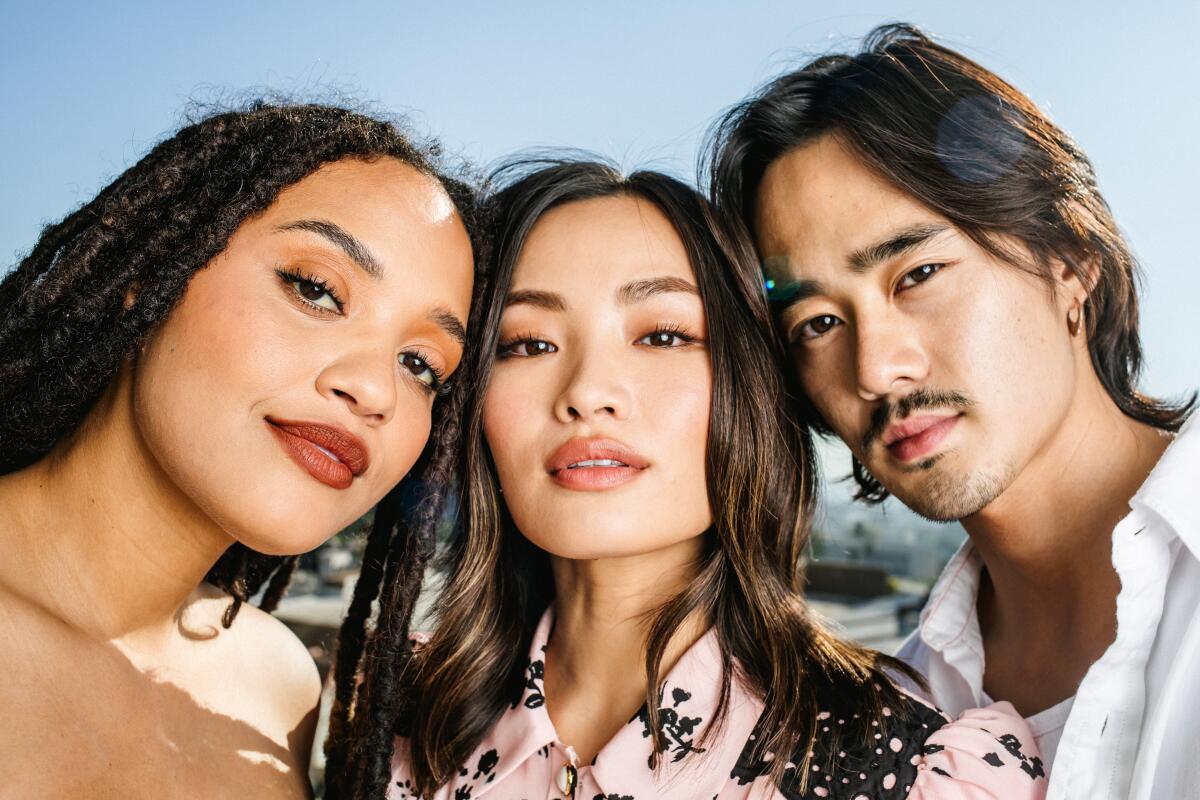
For her role in “Monarch: Legacy of Monsters,” Kiersey Clemons, who stayed with Anna Sawai and Ren Watabe, had to learn Japanese.
(Emil Ravelo / For The Times)
Because Cate is Japanese American, Sawai says she didn’t change much of the language “because it was okay for it to be a little stiff.”
“I had to put on a little bit of an American accent when I spoke Japanese,” said Sawai, who was born in New Zealand and is of Japanese descent. “And it was very intentional when she used the language because it was her secret language with her father. So I didn’t have much dialogue in Japanese.”
But Watabe says he translated his lines himself “because what they were doing wasn’t working for me.”
“There is the script in English and then I had to translate it. [it into] My own words, which worked for the character,” Watabe said. “But that was really difficult, to be honest. I think it’s a learning experience. From now on, we should have a proper writer who can write in Japanese.”
Sawai, who has worked on multiple projects where dialogue written in English has been translated into Japanese, agreed that “it takes a bilingual person” to make it work.
“It’s very difficult because when you translate the line into English, it never comes out the same way,” Sawai said. “The language is just different. It’s structured differently and we talk in a different way. If we take what is translated directly, that is not how we speak.”
Watabe also wondered whether accuracy would matter to audiences if they were predominantly English speakers and didn’t understand Japanese. But Sawai assured him that it was still important for him to make the effort to do it well regardless of the size of the Japanese-speaking audience. He also praised the “Monarch” creatives for being open to making these adjustments.
Unlike Sawai and Watabe, Clemons had to learn Japanese for his role and admits it was difficult.
“At first it sounded really fast and it’s not an accent I’m familiar with at all,” Clemons said. “I feel like I did [Anna and Ren] Listen to me a lot.”
Signing on to play May involved trusting Black and Fraction’s promise of what was to come for the character, she added, as most of her backstory and ties to the Monsterverse’s broader history weren’t revealed until later. in the series.
“They definitely did May justice,” Clemons said. “I think everyone in the first half of this series is probably wondering, ‘What is she doing here?’ What is her reason? It is a slow process that is well deserved.”
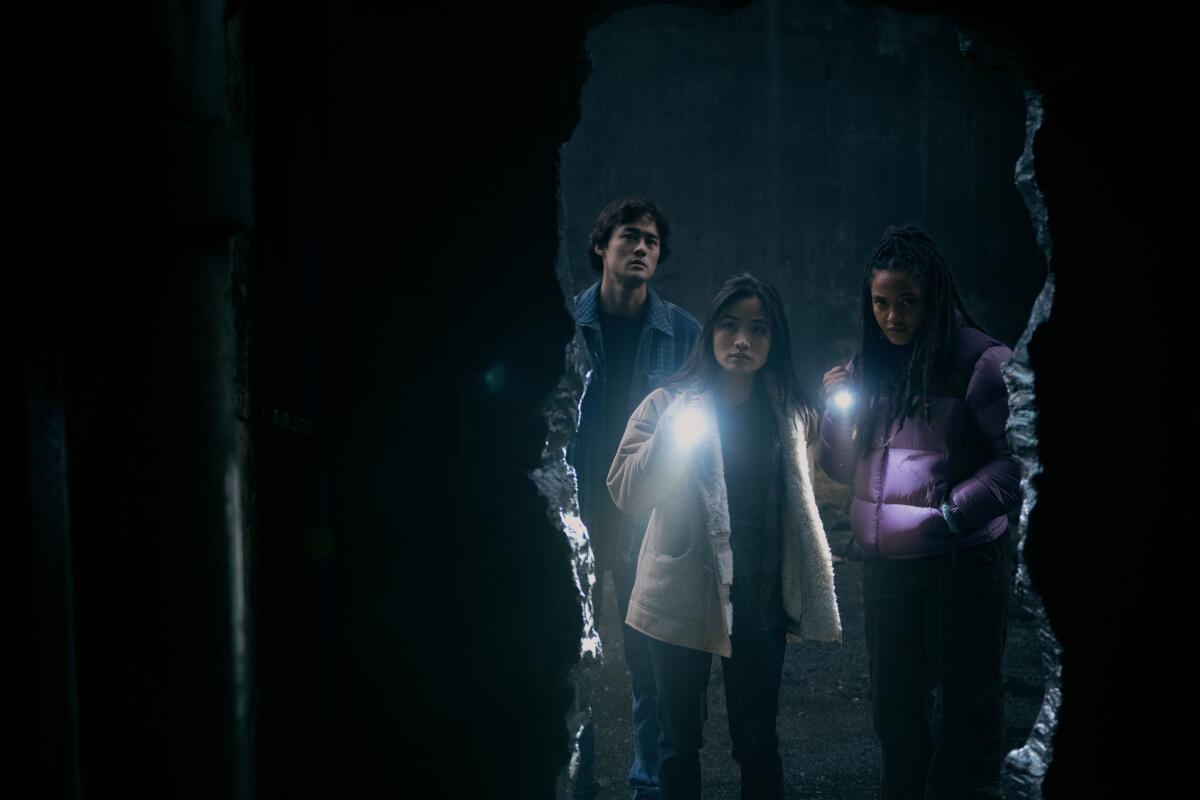
Kentaro (Ren Watabe), Cate (Anna Sawai) and May (Kiersey Clemons), whose backstory comes to the fore in later episodes of “Monarch: Legacy of Monsters.”
(Apple TV+)
When asked about the evolution of Cate and May’s dynamic, Sawai and Clemons admit that they’re also not quite sure where the relationship is headed.
“Something I really appreciate about the show is that all the love stories are very confusing and all the love stories are love triangles,” Clemons said. “I really like that it’s actually something you might not realize unless you’re queer. … There are all these communities of people who need representation in film and television and it seems like there are little nuggets that are for us.”
For the “Monarch” team, authenticity was more than just using the right language. The series was filmed in Tokyo, which had its own learning curve, and the team was always fine-tuning details like what foods a mom might have on hand for a late-night meal and which snacks have a recognizable commercial jingle.
“The locations we filmed were the kind of places in Tokyo that you don’t normally see on screen,” Fraction said. “When we were there, our Japanese team was delighted. … They are parts of Tokyo that you don’t see but they are super authentic.”
Black and Fraction explained that ultimately their approach was to be as open as possible to people telling them they were wrong about something. This involved listening to his Japanese actors, the Japanese production team in Tokyo and the Japanese casting director, as well as the Japanese American and Japanese Canadian writers on the “Monarch” staff.
The executive producers are also aware of one thing they didn’t quite understand about Tokyo: the size of Kentaro and his mother’s apartment.
“Everyone who has ever lived or worked in Japan pointed out to us that the apartment Emiko and Kentara live in is too big,” Black said of the apartment complex built in Vancouver. “No one in Tokyo has an apartment that big.”
“But if in the Godzilla Monsterverse show, that’s where your suspension of disbelief is shaken, we’re doing it right,” Fraction joked.
Despite their challenges, including communication problems, the language barrier and the different filming restrictions that exist in Japan, Sawai and Watabe say they are proud to have been able to participate in an international production on the scale of “Monarch” in your country of origin.
“I always wanted the Japanese community to be able to globalize a little more,” Sawai said. “Being able to see the collaboration of the North American team and the Japanese team, it felt like we were doing something new and, in a way, moving forward.”
“I’m not Japanese, but the fact that there was cultural significance to this series compared to other universes was really exciting to me,” Clemons said. “We are in a program run by people of color. “That’s really fucking cool.”


